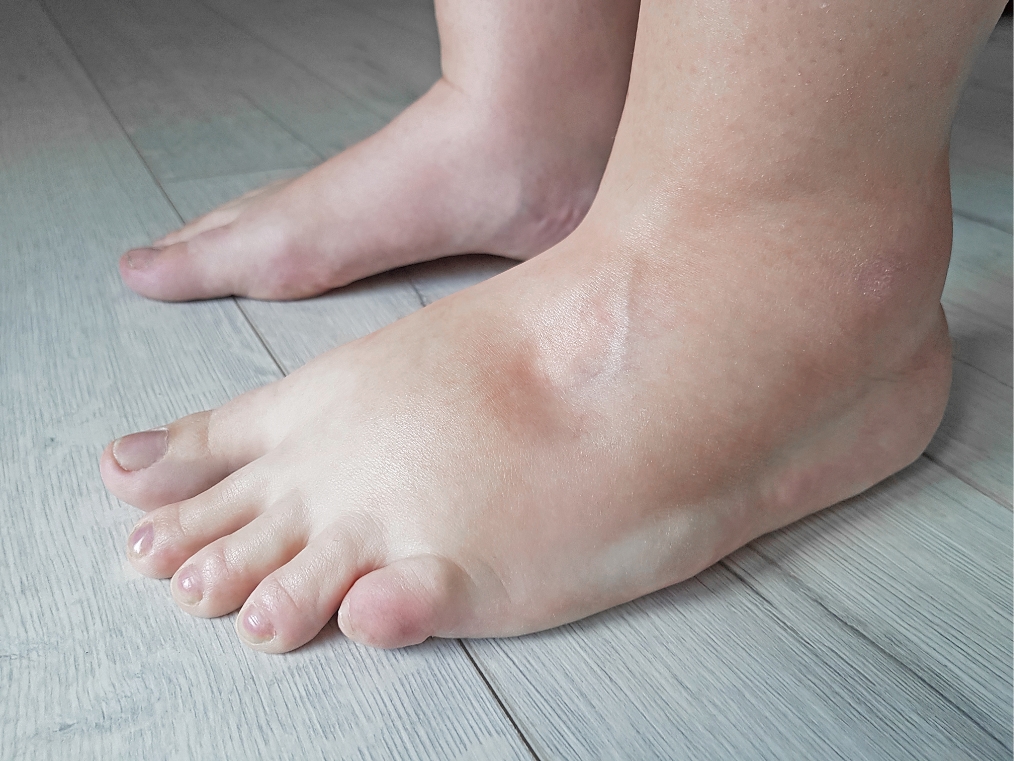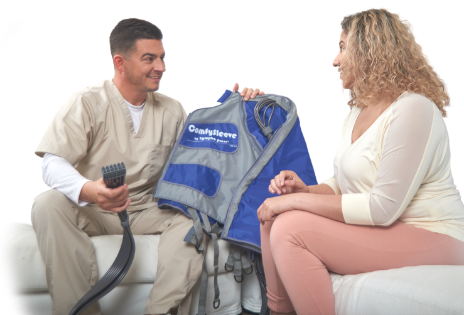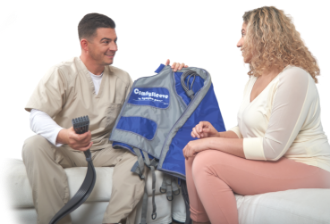Patients > Chronic Wounds
Chronic Wounds
Chronic wounds plague more than three million Americans. Even more troubling is that these wounds may persist for months and even years without any healing or sign of improvement. The problem is not the wound, but rather its underlying cause. This is why, in chronic cases, simply treating the wound will not resolve the issue.
There is hope for healing. Lympha Press® is proven to prevent recurring wounds.
Patients > Chronic Wounds
Chronic Wounds
Chronic wounds plague more than three million Americans. Even more troubling is that these wounds may persist for months and even years without any healing or sign of improvement. The problem is not the wound, but rather its underlying cause. This is why, in chronic cases, simply treating the wound will not resolve the issue.
There is hope for healing. Lympha Press is proven to prevent reoccurring wounds.
A wound resists healing for three basic reasons:
Circulation Issues
Circulation issues impede fresh, oxygenated blood from reaching the wound bed.
Infection
Infection (such as cellulitis) destroys collagen prior to new tissue growth.
Edema
Edema flushes the wound bed of the collagen needed to promote new tissue growth.
Interrelated conditions create the environment for chronic wounds.
Chronic wounds and venous stasis ulcers are often related to the leading cause of lymphedema: Chronic Venous Insufficiency (CVI). In fact, CVI causes over 40% of lymphedema cases.*
A term often used with CVI is phlebolymphedema.
Phlebolymphedema is swelling due to chronic venous insufficiency (CVI) and lymphatic insufficiency. Most commonly this occurs when the lymphatic system is unable to adequately drain the interstitial fluid that accumulates in severe chronic venous hypertension.
Edema, which is the swelling caused by excess fluid trapped in your body’s tissues, impacts the transport capacity of oxygen that is crucial for wound healing. Chronic edema permanently damages the lymphatics, paving the way for progressive infection, wound complications, and costly hospitalizations.
For these reasons, helping the lymphatic system to adequately drain this fluid is imperative.
A 2021 study noted that patients showed a significant decrease in wound size and leg circumference from using Lympha Press® pneumatic compression therapy.**
*The clinical characteristics of lower extremity lymphedema in 440 patients
Steven M. Dean, DO, FSVM, RPVI,a Elizabeth Valenti, APRN-CNP, CWS,a Karen Hock, MS, PT, CLT-LANA,b Julie Leffler, PT, CLT-LANA,b Amy Compston, PT, DPT CRT, CLT-LANA,b and William T. Abraham, MD, FACP, FACC, FAHA, FESC, FRCPE,a Columbus, Ohio
** The Role of Intermittent Pneumatic Compression in the Treatment of Lower Extremity Chronic Wounds James C. Park SY, Chan M, Khajoueinejad N, Alabi D, Lee J, Lantis JC 2nd. Journal: Surgical Technology International 38 Publication Date: March 25, 2021
Ways to control edema:
- Elevation
- Dynamic/elastic compression, such as multi-layered or long stretch bandages
- Static/rigid compression, in which the calf muscles contract against
- Sequential pneumatic compression pump therapy, such as Lympha Press
- Manual Lymph Drainage (MLD)
- Compression stockings
By decreasing edema and increasing the flow of oxygenated blood to the wound site, Lympha Press® therapy has been proven to prevent recurring wounds and to improve the healing rate for conditions such as stasis ulcers, blisters, and seepage of lymphatic fluid.


